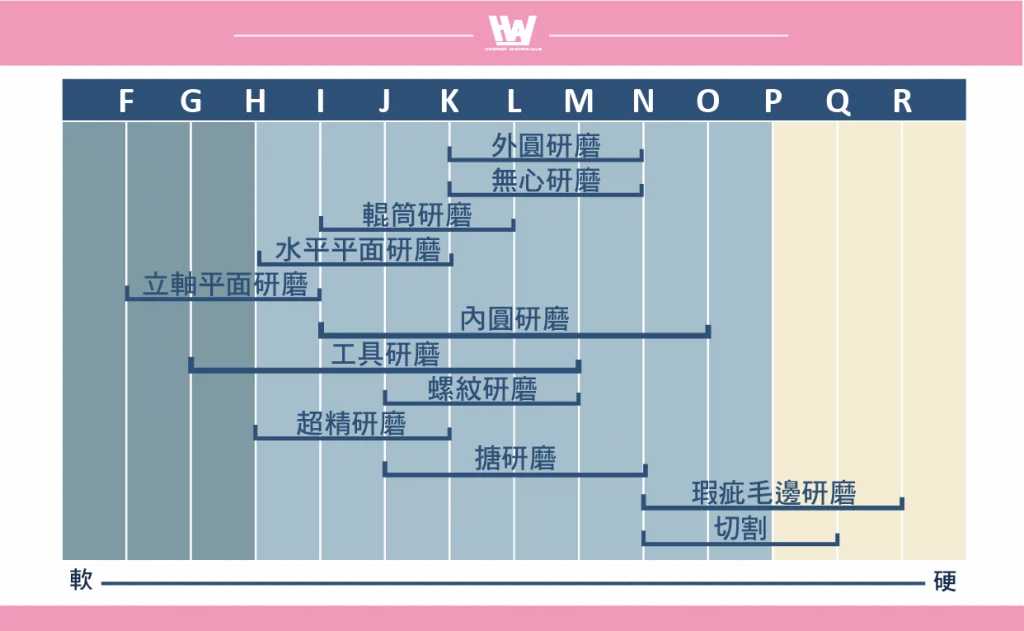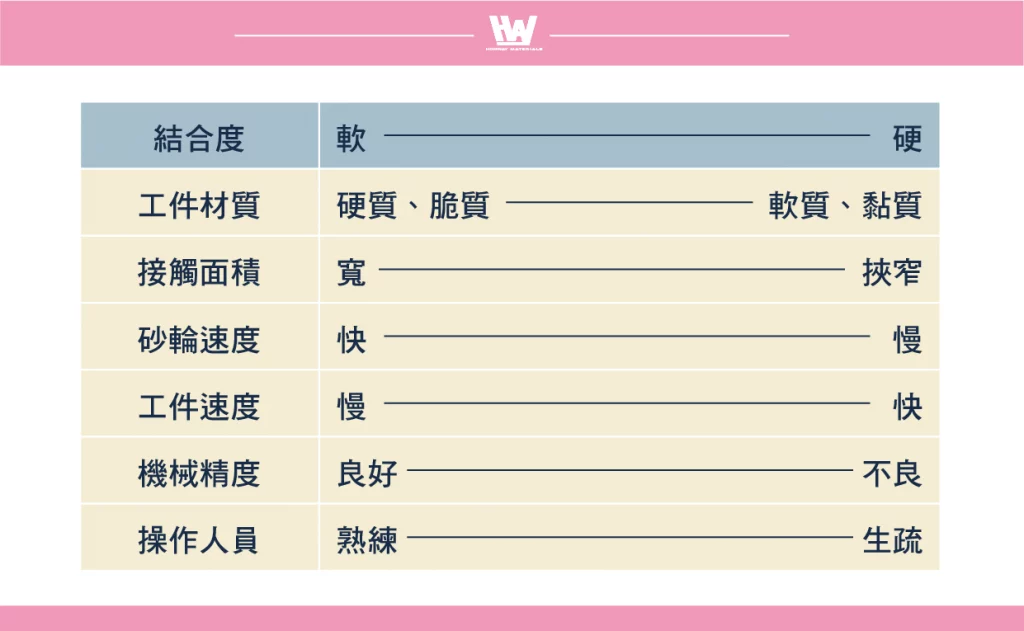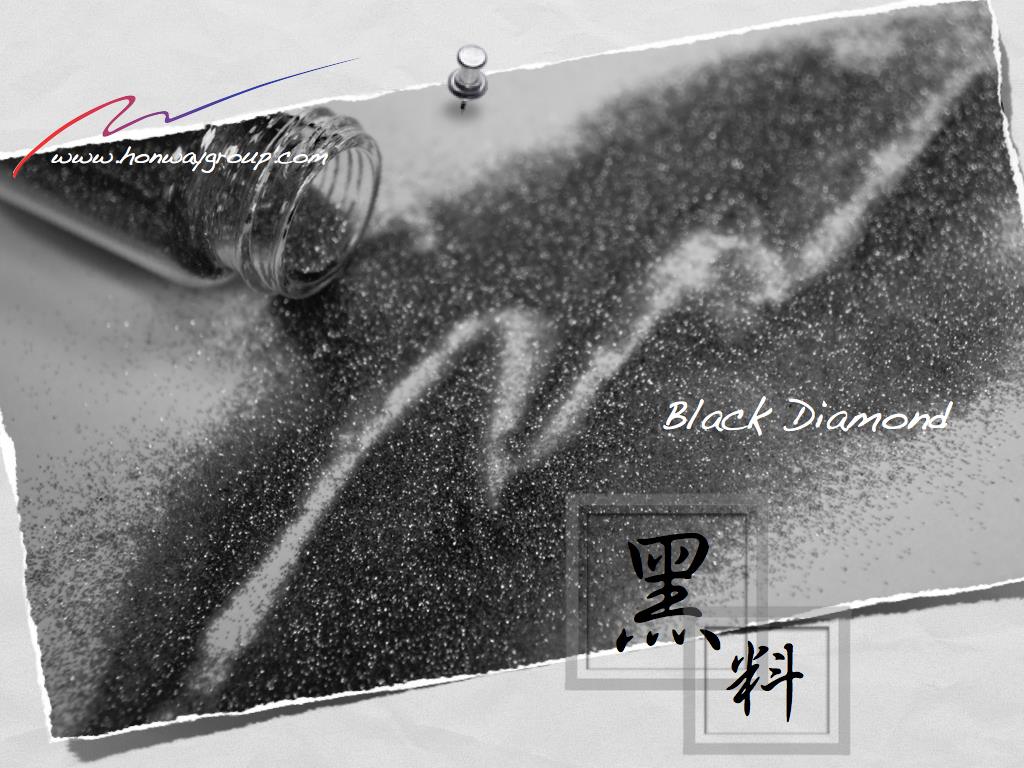There are three key element and five key characteristics of grinding wheels.
Three key elements: abrasive grains, bonding agent, and pores.
Five Key Characteristics of Grinding Wheels: abrasive material, grain size, structure density, bonding material properties,and bond strength hardness.
This article focuses on the bond strength of grinding wheels, exploring its characteristics, influencing factors, and selection principles, providing theoretical insights and practical recommendations for grinding operations.
Table of Contents
What is Bond Strength?
The bond strength of a grinding wheel represents its ability to retain abrasive grains, often referred to as the wheel’s hardness. It determines the extent to which the grinding wheel can resist the abrasive grains being torn away by external forces, such as compressive, shear, or impact forces, during the grinding process.
The selection of bond strength must align with the grinding conditions to determine whether the wheel is too soft or too hard. Below are the impacts of inappropriate bond strength:
- Optimal Bond Strength: Abrasive grains that become dull will either fracture or detach, exposing new grains to maintain the grinding wheel’s cutting performance. This property is known as self-sharpening.
- Excessively Soft Bond Strength: Abrasive grains detach too easily before they can perform effectively, leading to shorter wheel life and increased material waste.
- Excessively Hard Bond Strength: Dull abrasive grains remain on the wheel, causing the surface to become smooth and reducing cutting performance. This can result in overheating and potentially damage the workpiece surface.
Choosing the appropriate bond strength is an intricate task that must be based on grinding conditions. Both overly soft and overly hard bonds negatively impact machining quality. The following sections of this article will delve deeper into the principles and guidelines for selecting the right bond strength.
Scope of Application of Bond Strength
The bond strength of grinding wheels is typically represented by letters, ranging from A (the softest) to Z (the hardest) in ascending order. For example:
- A–H: Very soft grinding wheels
- I–P: Medium hardness grinding wheels
- Q–Z: Very hard grinding wheels

How to Choose Bond Strength
The selection of bond strength in grinding wheels is based on grinding theory. Below are recommendations for choosing softer or harder wheels under various grinding conditions:

1. Physical Properties of the Workpiece
- Soft Workpieces: Use hard wheels. Soft materials exert less force on abrasives, so the abrasives don’t wear out quickly. If soft wheels are used, abrasives may detach prematurely, wasting resources and reducing cost efficiency.
- Hard Workpieces: Use soft wheels. Hard materials wear abrasives down faster. To maintain cutting performance, dull abrasives should detach quickly to expose fresh abrasives.
2. Peripheral Speed of the Wheel
- High Peripheral Speed: The wheel appears harder in operation; choose softer wheels.
- Low Peripheral Speed: The wheel appears softer in operation; choose harder wheels.
- Special Cases: When the wheel diameter is small and the desired peripheral speed cannot be achieved (e.g., small-diameter internal grinding), using a soft wheel may cause rapid wear due to deeper abrasive cutting. In such cases, choose a harder wheel, though surface quality may be affected.
3. Speed of the Workpiece
- High Workpiece Speed: Abrasive cutting depth increases, producing thicker grinding chips and greater grinding resistance; use hard wheels.
- Low Workpiece Speed: Abrasives experience less force; use soft wheels.
Adjusting either the wheel or workpiece speed can impact the grinding process. When purchasing a wheel before determining workpiece speed, improper speeds may lead to reduced output and quality. It is advised to define wheel and workpiece speeds first, then select the appropriate bond strength.
4. Contact Area Between the Workpiece and Wheel
- Large Contact Area: Each abrasive grain experiences less force; use soft wheels (e.g., grinding large flat workpieces).
- Small Contact Area: Abrasive force is concentrated; use hard wheels (e.g., steel ball grinding or local contact using cup wheels).
5. Manual vs. Machine Grinding
- Manual Grinding: Due to unstable operations, use hard wheels to extend the wheel’s lifespan.
- Machine Grinding: Machines are more stable, allowing for soft wheels to improve efficiency and surface quality.
6. Machine Condition
- Low Vibration Machines: Use soft wheels as stable machines prevent premature abrasive detachment.
- High Vibration Machines: Use hard wheels to minimize abrasive loss and wheel wear.
The above guidelines address single conditions, but real-world scenarios often involve multiple factors. Therefore, it’s crucial to evaluate the actual grinding requirements to select the appropriate bond strength for optimal efficiency and quality.
Conclusion
The selection of a grinding wheel’s bond strength is a critical aspect of grinding operations. It must be based on grinding theory while considering multiple factors, including the physical properties of the workpiece, the relative speed of the grinding wheel and workpiece, the size of the contact area, the grinding method, and the stability of the mechanical equipment.
Soft workpieces are best suited for hard grinding wheels, while hard workpieces require soft grinding wheels. For high-speed operations, softer bond strengths are preferable, whereas low-speed operations favor harder bond strengths. Workpieces with large contact areas require soft grinding wheels, while those with small contact areas are better suited to hard grinding wheels. Manual grinding and equipment with high vibration call for hard grinding wheels, while stable mechanical grinding is better suited to soft grinding wheels.
Selecting the appropriate bond strength not only enhances grinding efficiency and processing quality but also extends the life of the grinding wheel and reduces costs, providing a foundation for efficient and cost-effective machining.
Action
- How to choose grinding wheel>>>How to Choose Between Diamond Wheels and CBN Wheels?
- The basic knowledge of abrasives that must be known>>>Grinding-Abrasive Introduction
- The Key Role of Grinding Wheel Performance>>Bond
- Various aspects of grinding wheel abrasive grains>>The Grinding Effect of the Grinding Wheel Particles
- Action>>>Diamond and CBN grinding wheel, Polishing abrasive, Polishing Equipment, Polishing Tools
- Review
We offer customized adjustments to the grinding process, tailored to meet processing requirements for maximum efficiency.
After reading the content, if you still don’t know how to select the most suitable option,
Feel free to contact us and we will have specialist available to answer your questions.
If you need customized quotations, you’re also welcome to contact us.
Customer Service Hours: Monday to Friday 09:00~18:00 (GMT+8)
Phone: +8867 223 1058
If you have a subject that you want to know or a phone call that is not clear, you are welcome to send a private message to Facebook~~
Honway Facebook: https://www.facebook.com/honwaygroup
You may be interested in…
[wpb-random-posts]

